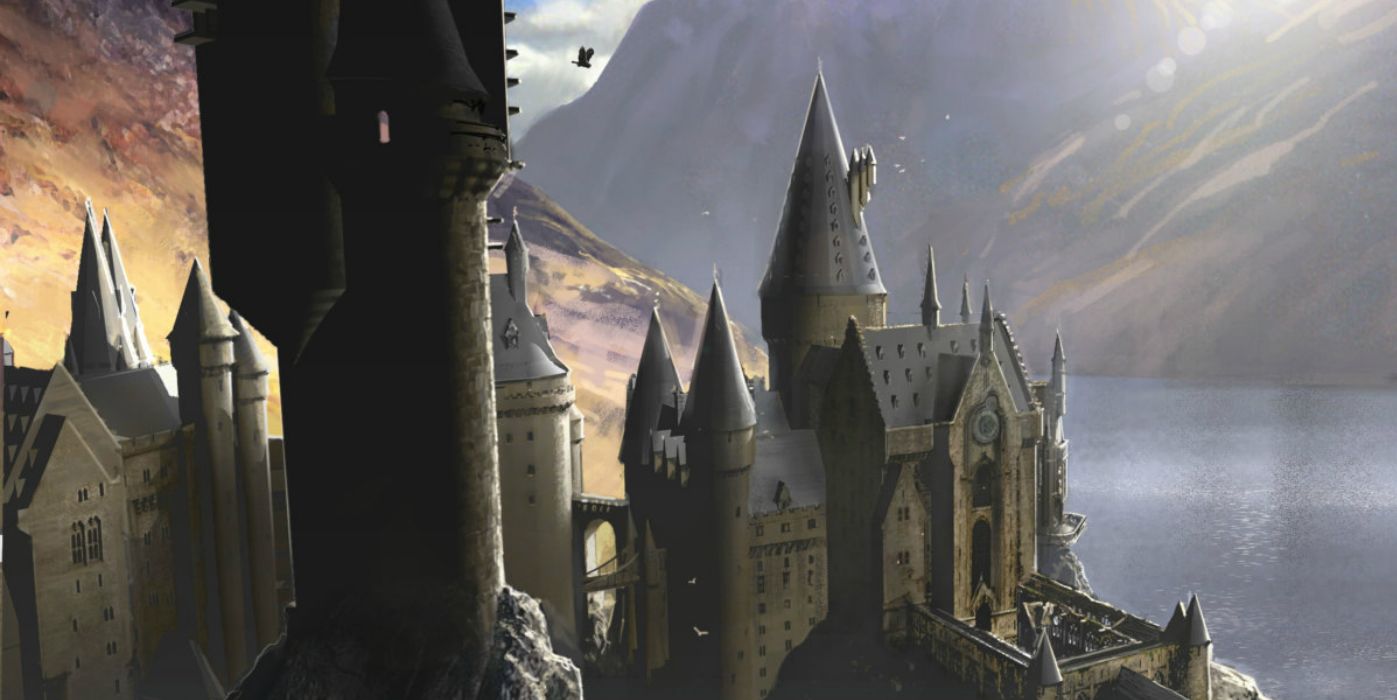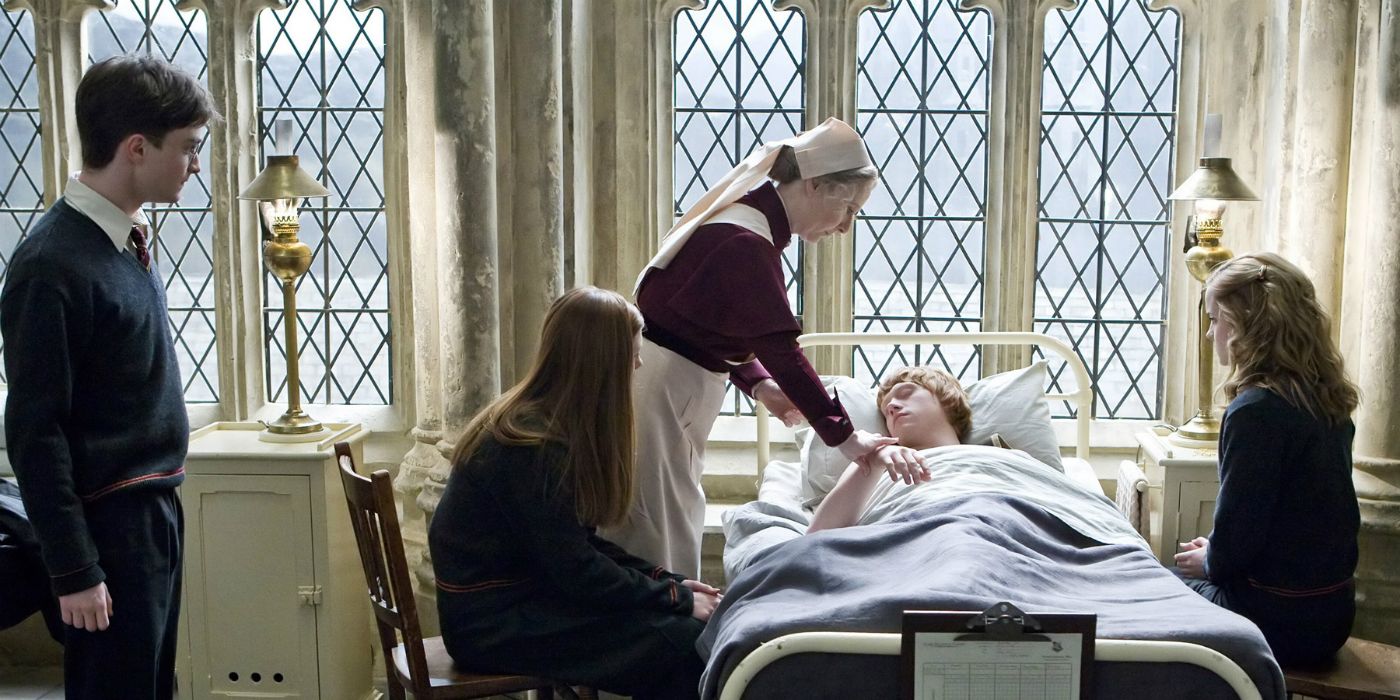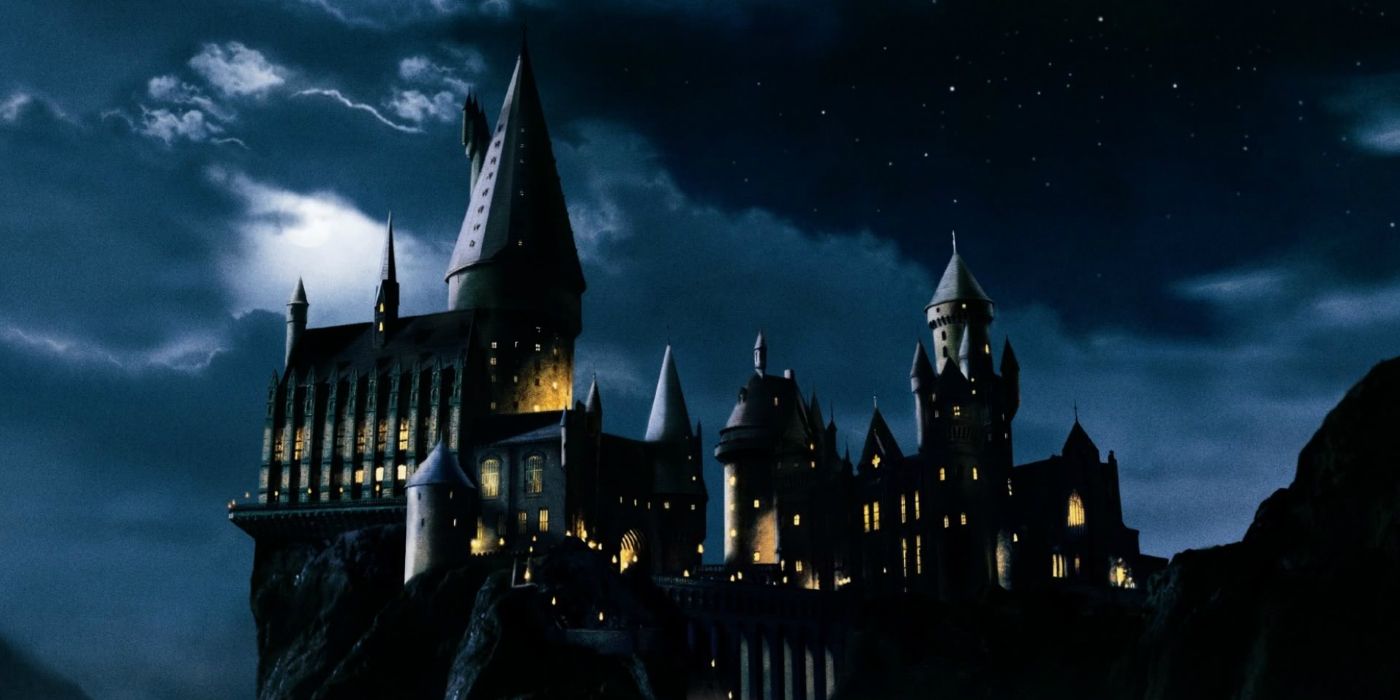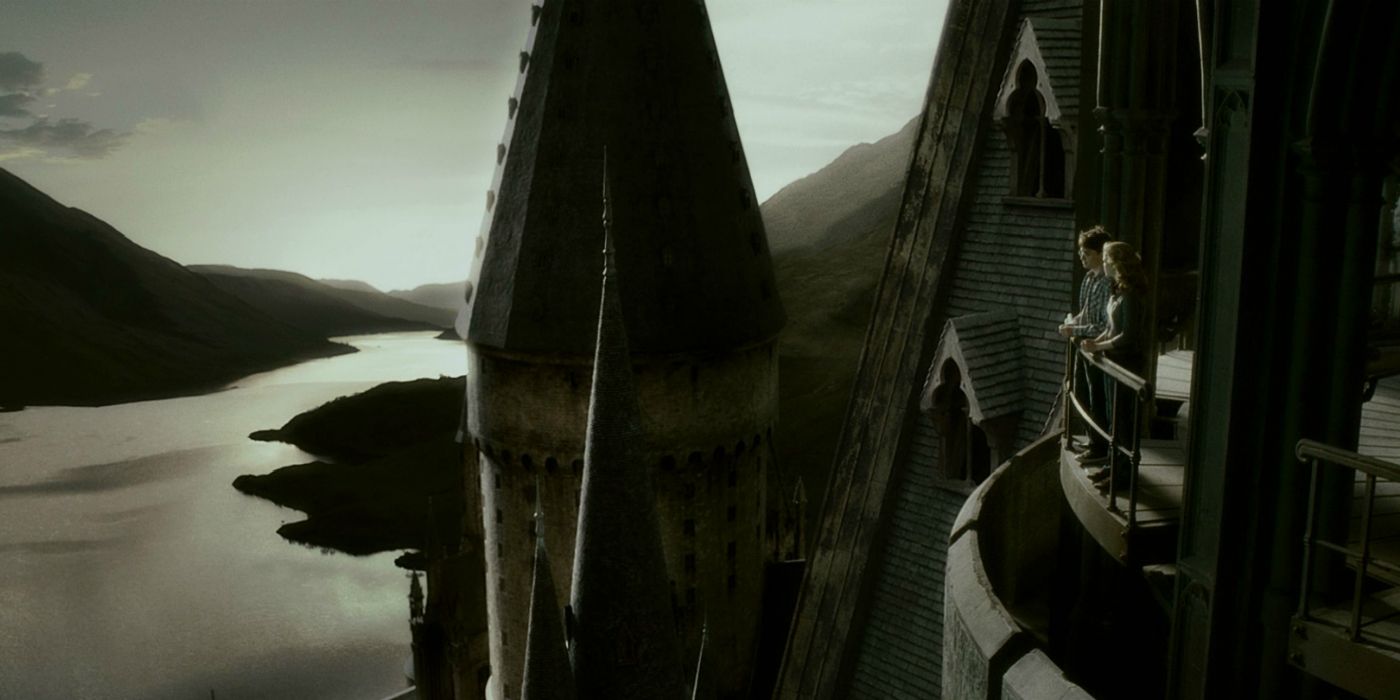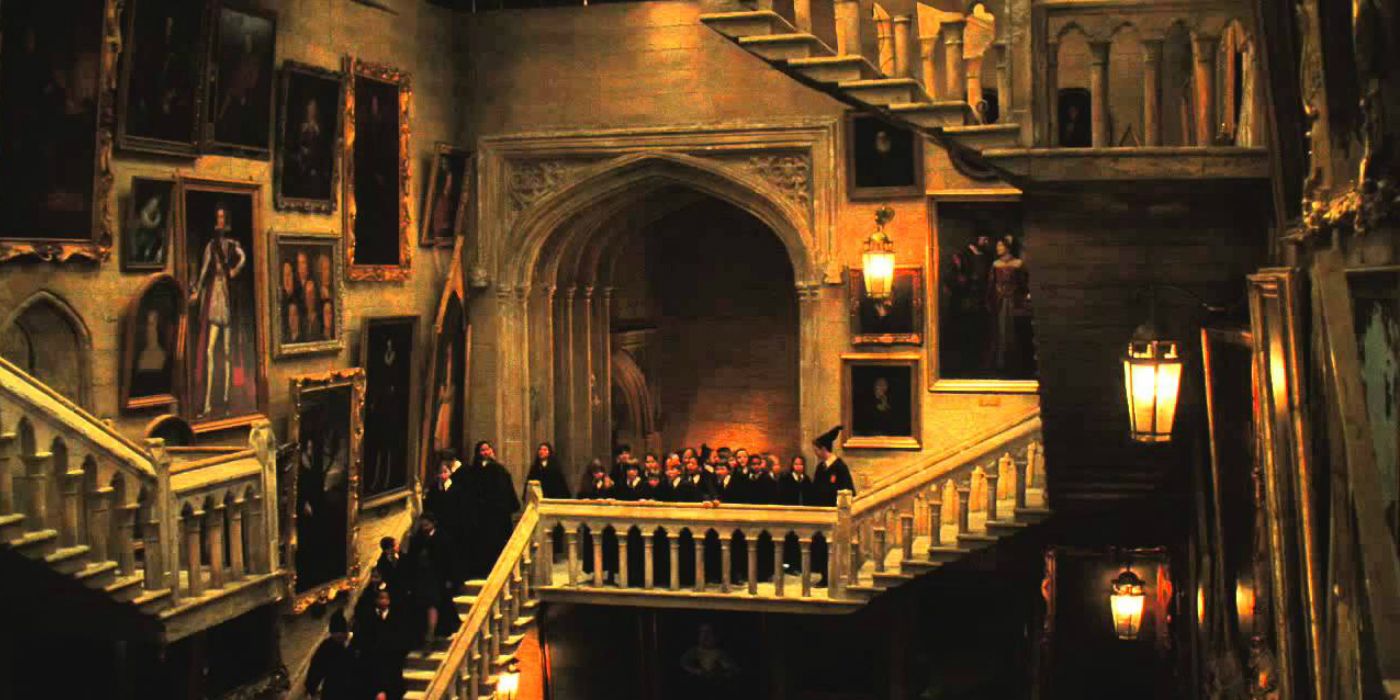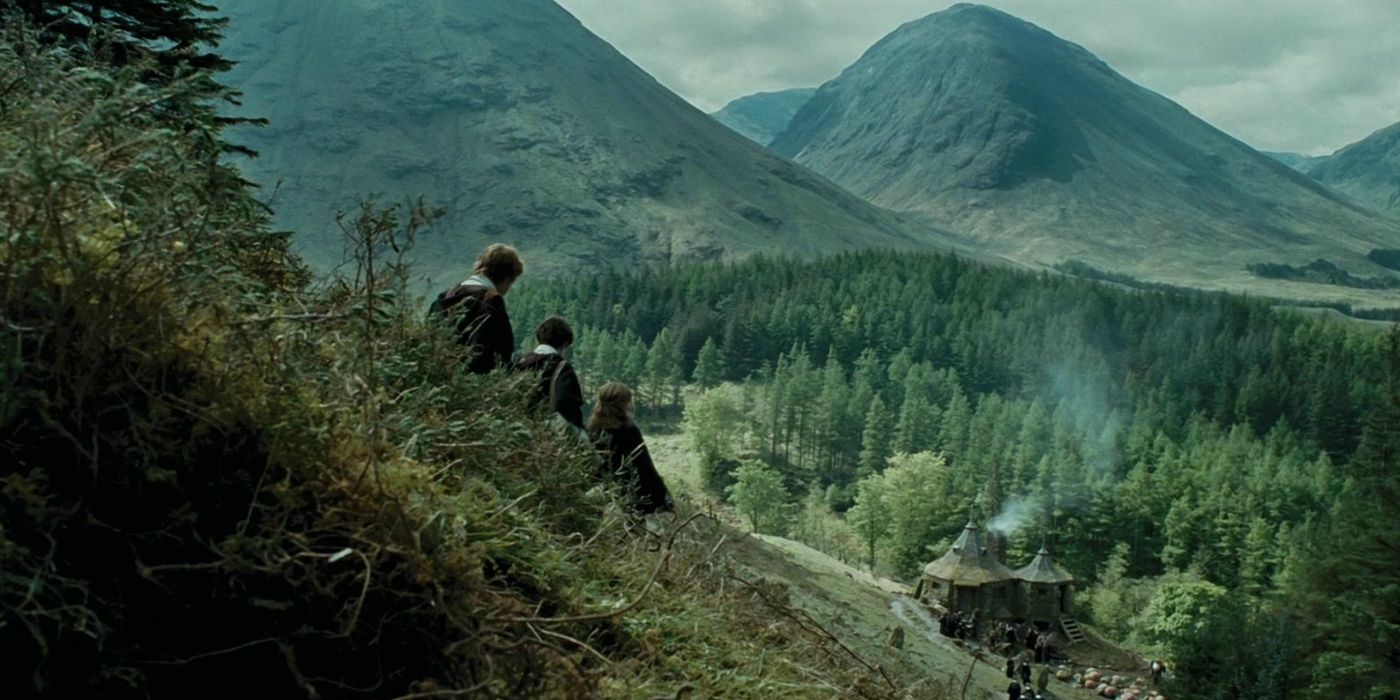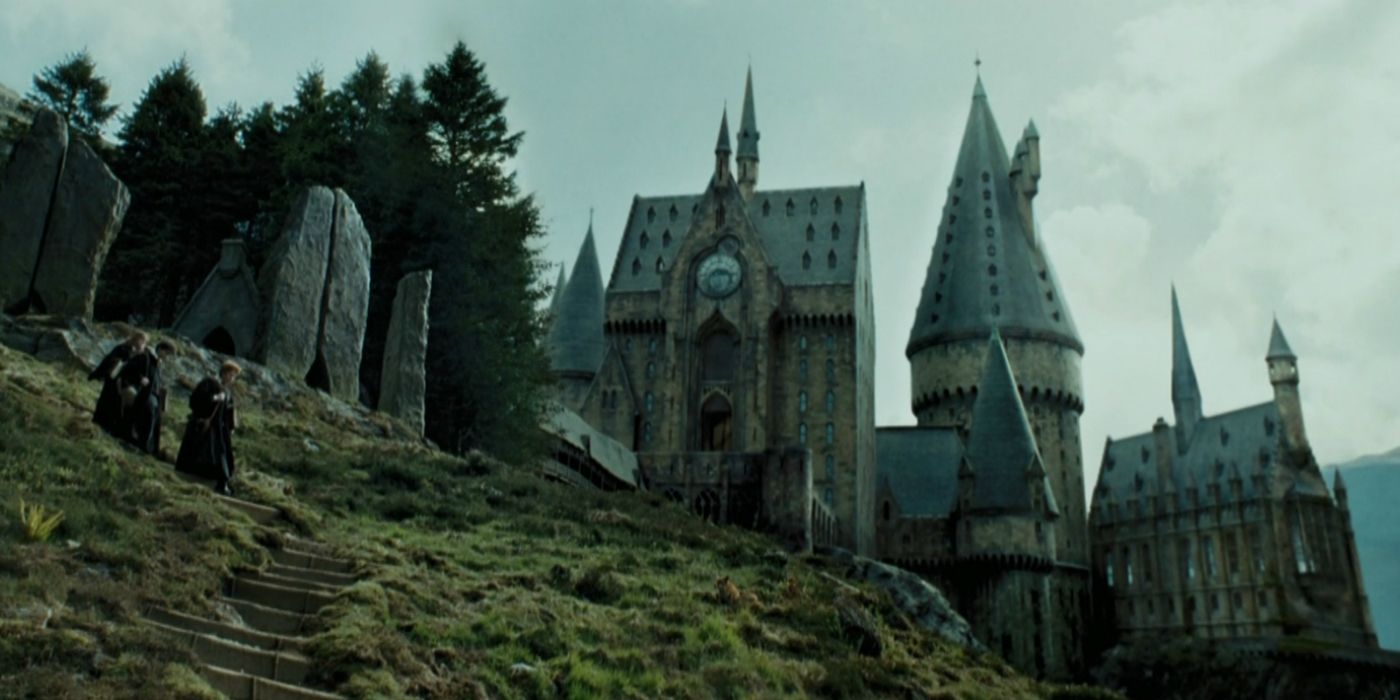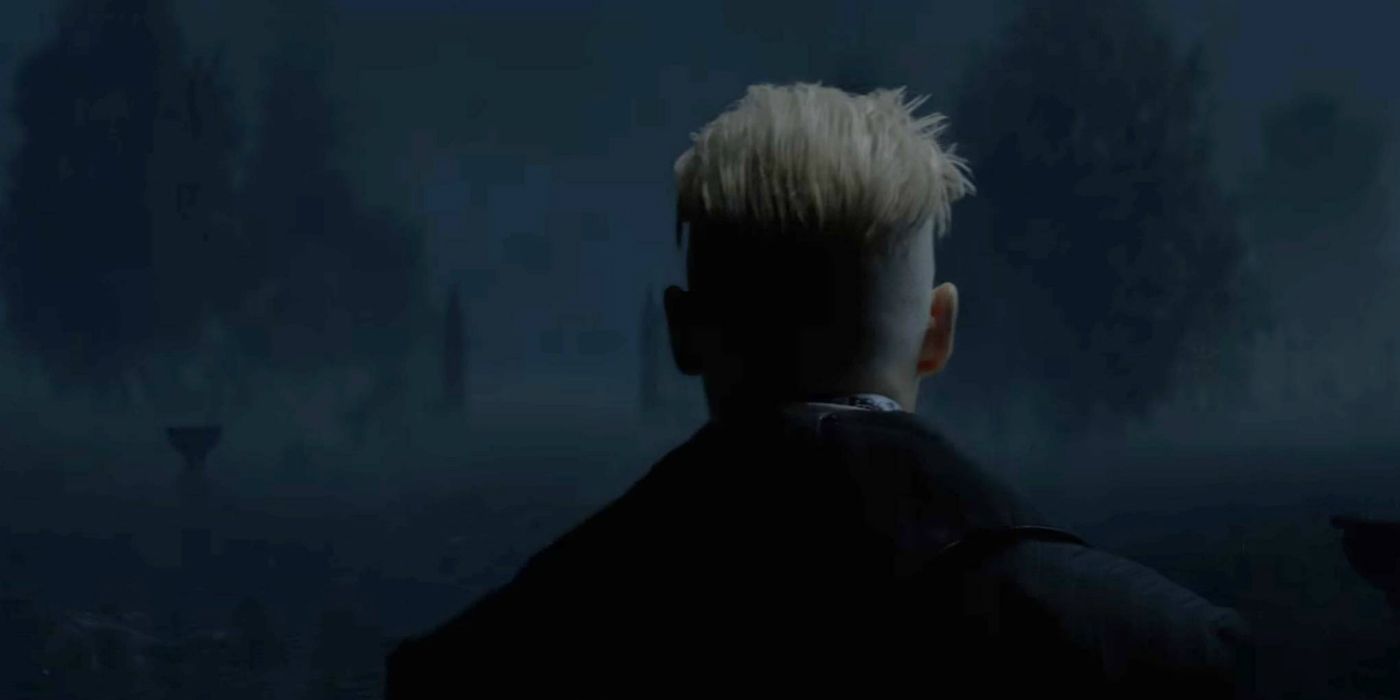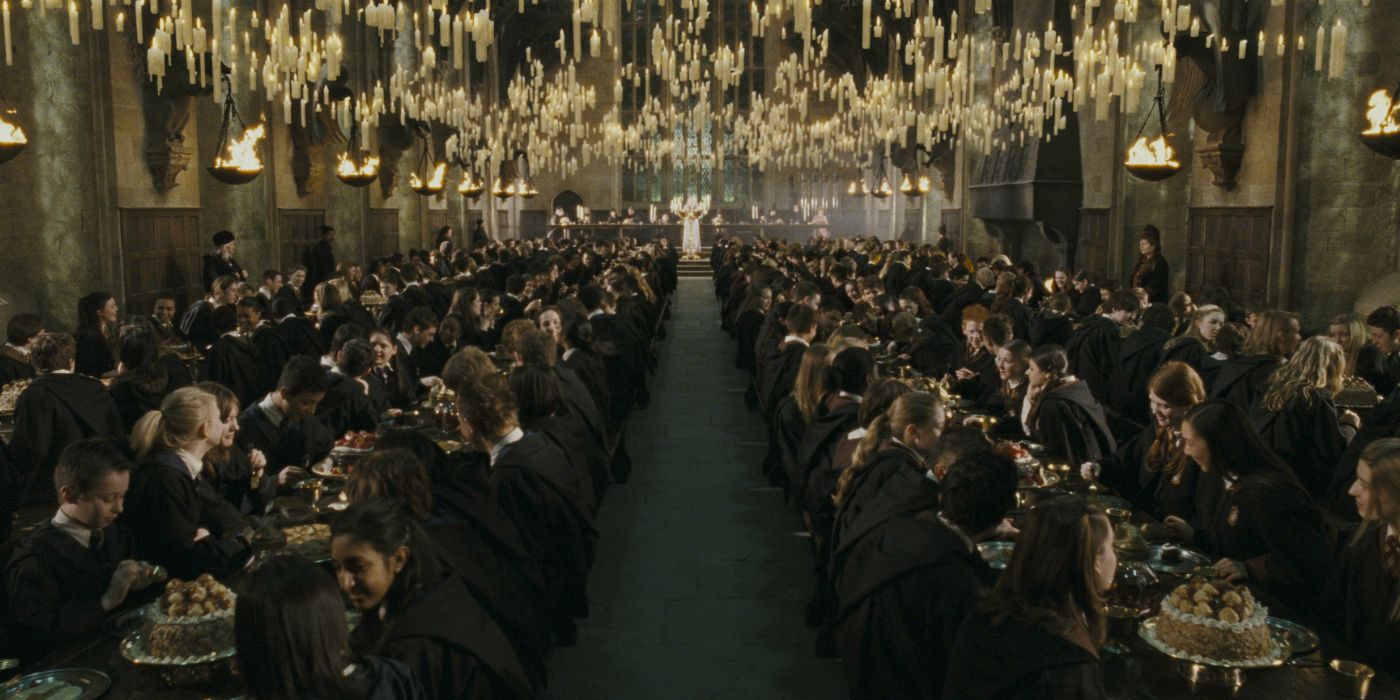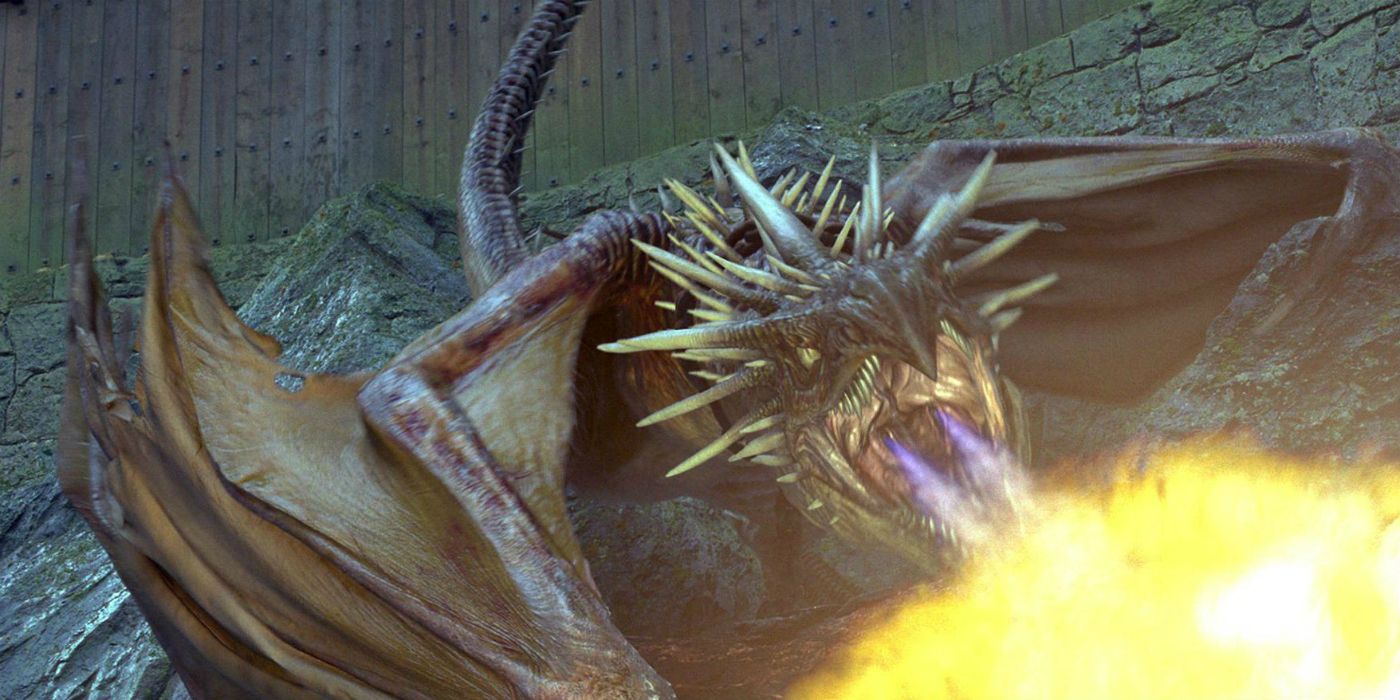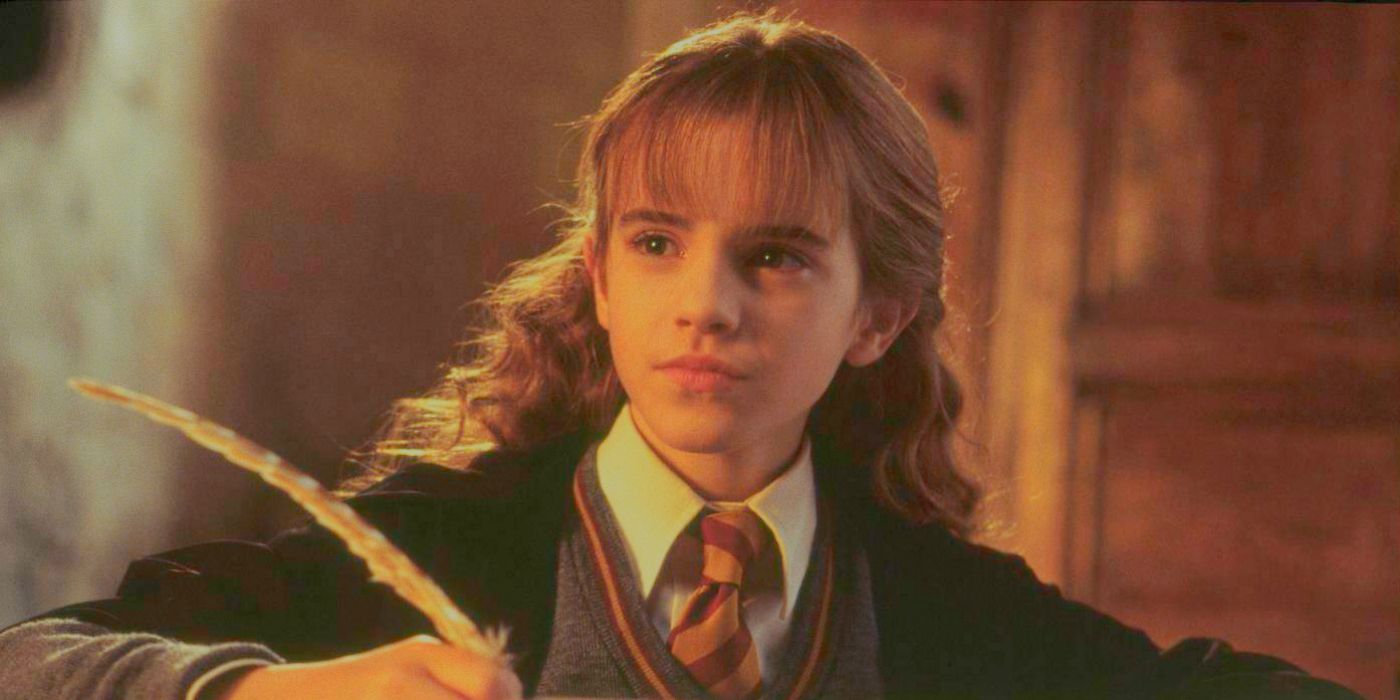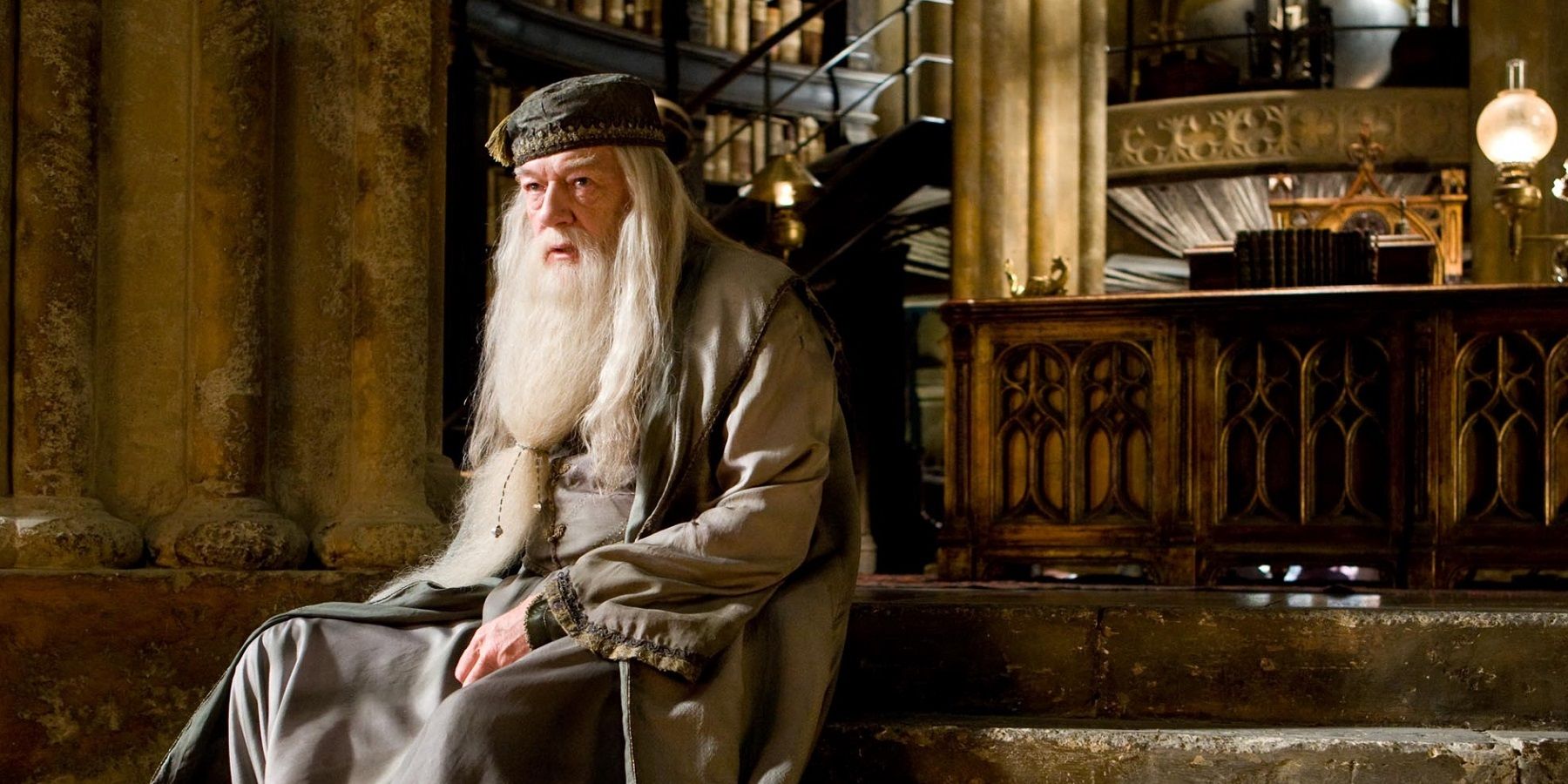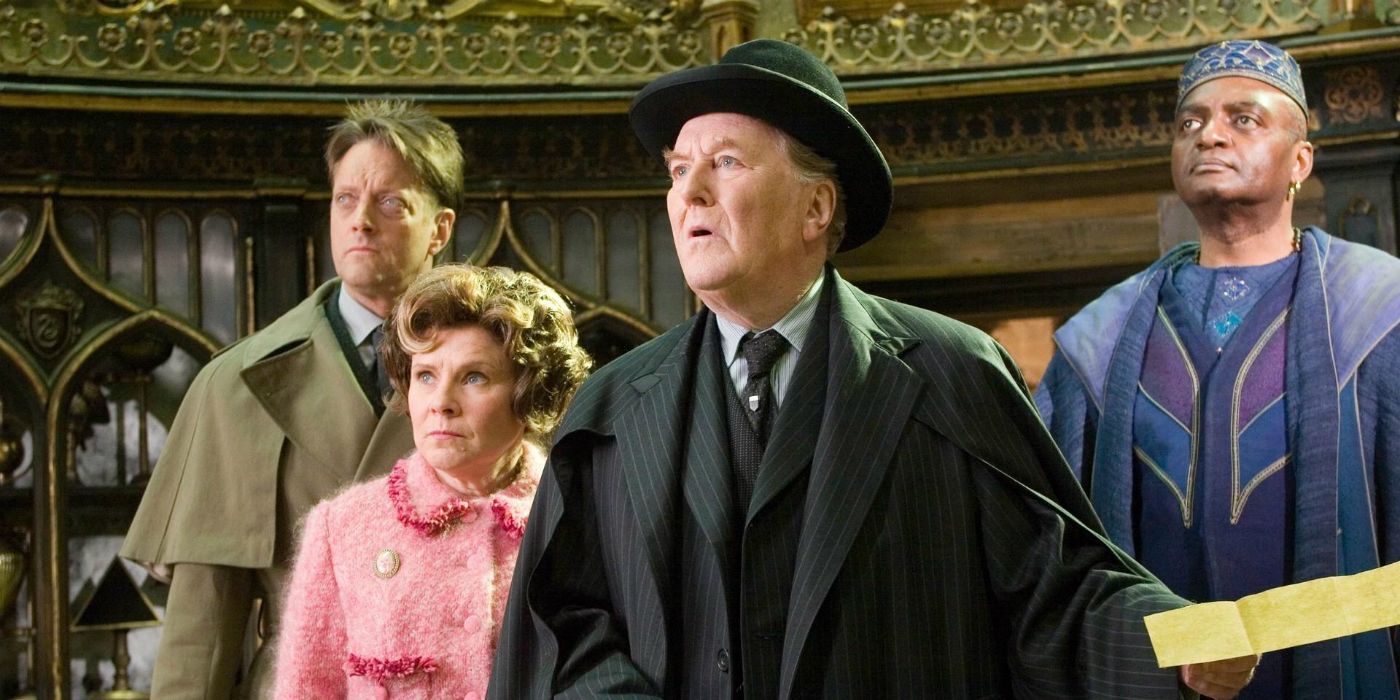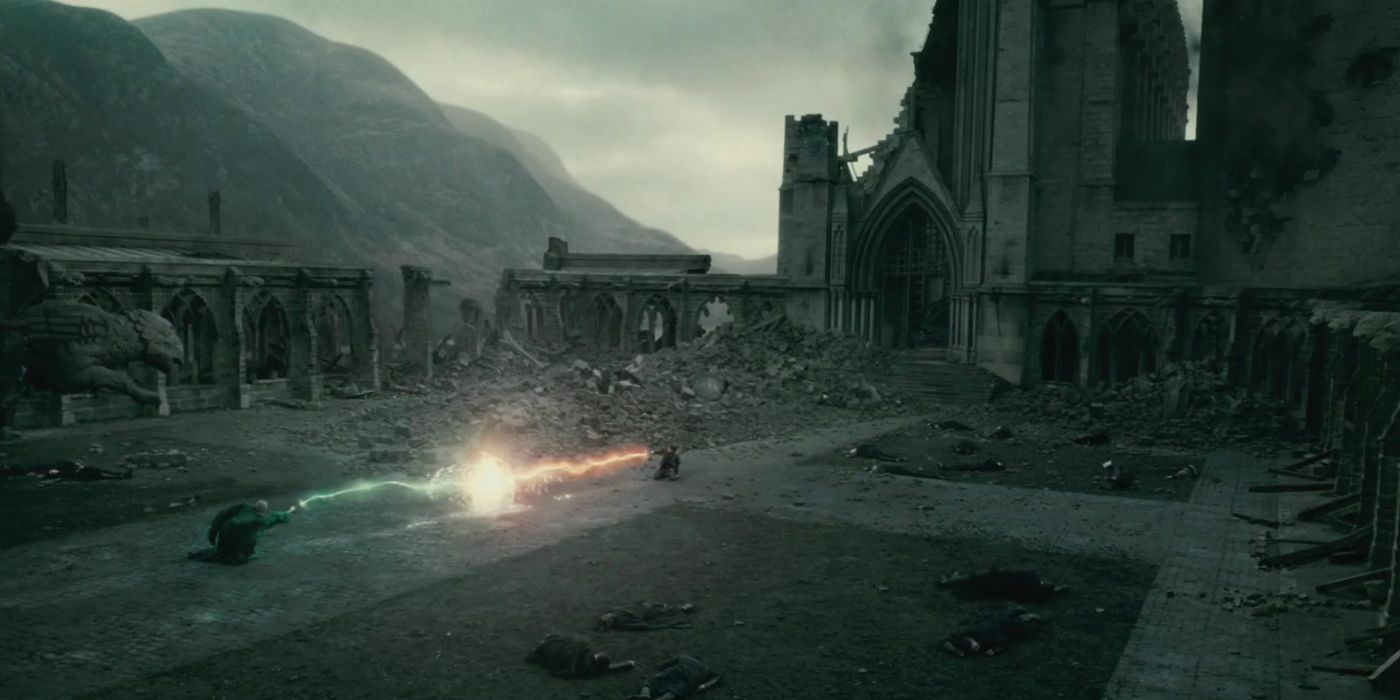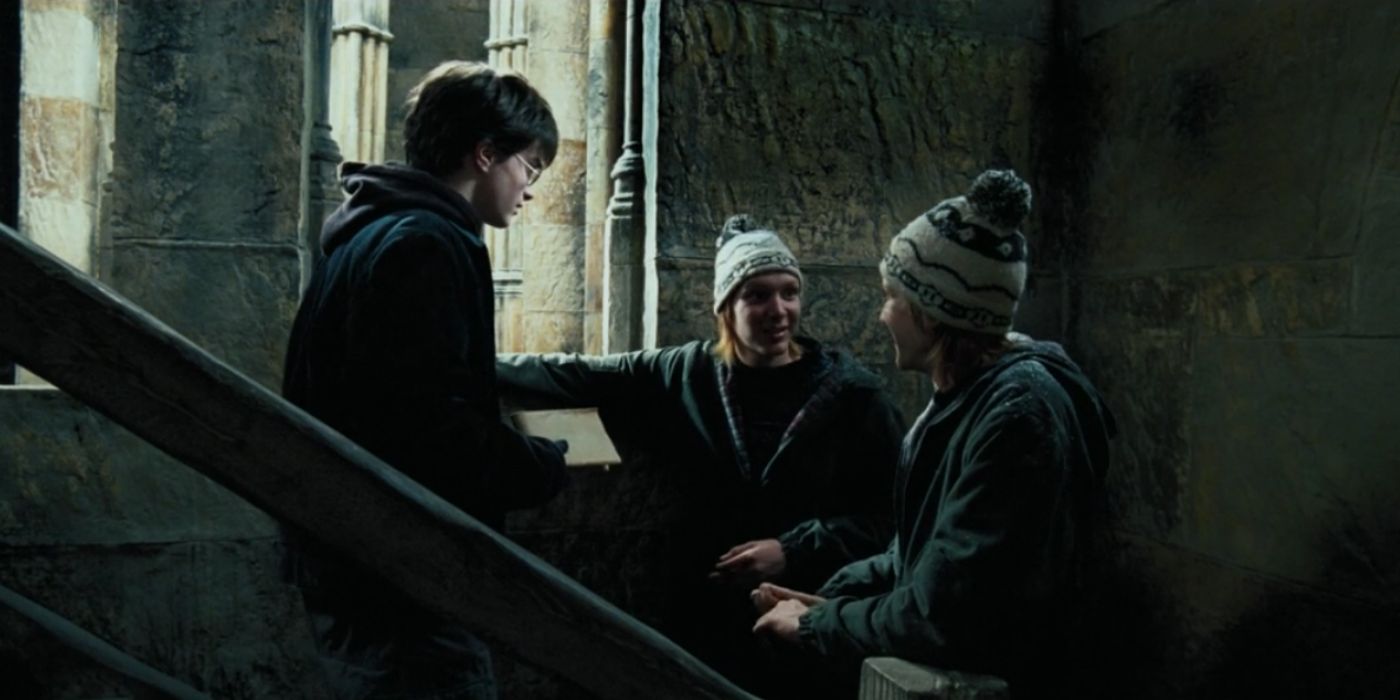Ask any Harry Potter fan which magical location from the series they'd like to visit, and chances are they'll say Hogwarts. After all, it's the most recognizable part of J.K. Rowling's series that isn't a boy with glasses and a lightning shaped scar. The British school for witchcraft and wizardry is almost as famous as the Boy Who Lived himself. Most of the Harry Potter series is set in and around the school's ancient and mysterious castle and its grounds, and it's where our hero and his friends have many of their most exciting adventures.
Hogwarts has become iconic at this point. Fans daydream about receiving their acceptance letter from an owl and take Sorting Hat quizzes to find out what house they'd belong to. Despite all this, some of the most intriguing aspects of the ancient school and its storied history have flown under the radar. Here are 15 Things You Didn't Know About Hogwarts.
15. Oxford University was a stand-in for some Hogwarts locations
As far as fictional boarding schools are concerned, Hogwarts is pretty much as good as it gets. With a never-ending supply of awesome food, deluxe sleeping accommodations (those four-poster beds!) and a jaw-droppingly beautiful interior, it’s basically the ideal place to get away from the real world and learn some magic. On screen, Hogwarts looked downright magisterial, with its cathedral ceilings, vaulted walls and impossibly tall doors.
RELATED: Harry Potter Secrets Hidden In Pottermore
While much of the film series was shot on a studio lot, there were some interior scenes of the castle that borrowed their beauty from Oxford University, a gorgeous and elite learning institution in its own right. Harry’s foray into the restricted section of the Hogwarts library in The Sorcerer’s Stone was filmed at Duke Humfrey’s Library, for example. Many infirmary scenes, like when Harry had his bones regrown, Hermione lay petrified, and Ron recovered from being poisoned, were shot on location in the Bodleian Library.
Oxford wasn't just home to some of Harry Potter's most memorable scenes, though; the film's artistic directors drew major inspiration from the university's Great Hall when designing the Hogwarts equivalent.
14. It's old. Like, really old.
The University of Oxford was founded in 1209, while Trinity College started admitting students in 1592. England's oldest and most prestigious educational institutions have storied histories, and they've managed to craft some of the finest minds in the world over the past few centuries. Still, these schools seem positively brand new compared to Hogwarts' impressive history. Most fans know that Britain's foremost school for witchcraft and wizardry was founded by Godric Gryffindor, Rowena Ravenclaw, Helga Hufflepuff and Salazar Slytherin. The fact that they created the school centuries before most other institutions (in the 990s) often flies under the radar, though, and that's no small feat.
For historical context, that's about 60 years after the Kingdom of England was founded, and almost 700 years before the United States' wizarding school, Ilvermorny, came into existence. Given the sheer number of massive world events that have taken place on British soil -- not to mention the handful of bloody confrontations the school itself has played host to -- it's insanely impressive that Hogwarts still stands.
13. The castle is seven stories tall
Throughout her book series, J.K. Rowling does a great job of explaining the scale and splendor of the Hogwarts castle. The Harry Potter film franchise, too, established just how magnificent and, well, magical the school is with its sweeping, wide angle shots. It's sprawling, with turrets and towers and seemingly hundreds of windows, and it's seven stories tall, in total. While that may seem small in comparison to the skyscrapers we see in big cities, it's a pretty impressive amount of space for a school that only houses a few hundred to a thousand students.
With seven floors of magical learning taking place, Hogwarts students have to trek pretty far to get from one lesson to another. The tallest part of the castle is the Astronomy Tower, where Professor Sinistra taught Harry and his classmates. It's also where Dumbledore tragically fell to his death in Harry Potter and the Half-Blood Prince.
12. It has over a hundred staircases
Since we know that Hogwarts castle is a mighty tall structure, it should not come as a surprise that the school offers numerous ways for its students to get between its many levels. Still, the sheer number of staircases that Hogwarts students have to navigate is kind-of ridiculous.
According to Harry Potter and the Sorcerer's Stone, there are 142 staircases in total throughout the school. They're wide, tall, narrow, short, and sometimes a little bit rickety. They'll take you to the owlery or Trelawny's attic-like Divination classroom, and they lead deep into the dungeons -- but the jury is out on whether the secret passages and other hidden locations within the castle are included in this tally. Given that we know these staircases are prone to shifting around from time to time, it's easy to see how students tend to get turned around when they try to get from their dormitories to the Great Hall.
11. It’s located in the Scottish Highlands
Most of us associate Harry Potter and all its trappings exclusively with England. After all, that's where the titular hero is from, and also where many of the series' most important places are located, including Diagon Alley, the Ministry of Magic, and Platform 9 3/4. In reality, bright-eyed future witches and wizards have to travel a decent way from King's Cross to get to their beloved home-away-from-home.
Once the Hogwarts Express leaves the station, J.K. Rowling's magical world expands out past London and well into Great Britain -- more specifically, the lush Scottish Highlands. Though its exact location has never been revealed, we do know that Hogwarts castle is nestled somewhere in that country's beautiful mountains, and that it's located near a loch. No word on whether there's a large, unidentifiable water monster within its murky depths, but given the whole host of other magical creatures nearby, we wouldn't be surprised.
10. The castle isn't detectable to the Muggle eye
Whenever the wizarding world and the muggle world collide, things get a little bit weird. That's a big part of the reason why Hogwarts' creators did everything they could to make sure that non-magic folk never set eyes on the school. The castle is in a pretty remote location, sure, but that doesn't necessarily mean that some wanderlusting muggles won't accidentally stumble upon it. So the Hogwarts founders put some extra protections in place to keep the school safe and totally off the grid.
Hogwarts castle is unplottable -- in other words, it's hiding in plain site. We learned from Hermione in Harry Potter and the Goblet of Fire that if a muggle ever stumbles onto the school's grounds, they will see a castle, but not the way wizards see it. Instead, it looks as though it's completely in ruin, and is barred by a sign warning any potential explorers away.
Hogwarts' unplottability is also designed to keep dark wizards at bay, though that clearly only works as long as the school's powerful magical protections are in tact.
9. Students were sent home from school early in the 1920s due to the threat of Gellert Grindelwald
Gellert Grindelwald played a relatively small role in the original Harry Potter series, but he's about to become a lot more well-known in the coming years, thanks to his role in the Fantastic Beasts and Where to Find Them franchise. While we're just starting to learn about his origins as a dark wizard, it's pretty clear that he posed a substantial threat to the wizarding world, even young magicians-in-training.
In 1926, with the threat of Grindelwald's rise to power looming, the Hogwarts headmaster took a series of extraordinary precautions to protect students. This included adding extra security, and eventually, sending pupils home early for the year. To date, it appears that this is one of the only, if not the only, times that Hogwarts actually closed -- and that includes both times that Voldemort tried to take over the world and establish a pure-blooded wizard race. So while we don't know the full extent of what Grindelwald was up to then, it goes without saying that it was pretty freaking bad.
8. Most electronic devices don’t work on castle grounds
We can argue until we're blue in the face about the role that technology plays in helping or hindering our education. Where magical learning is concerned, though, that's less of an issue, because most common electronic devices simply won't fly at Hogwarts. It's not just that they're not allowed, either -- phones, computers, televisions, and electricity all fail to work on school grounds. For the most part, electricity and magic just don't mix; that is to say, magical energy interferes with electronic technology, rendering it more or less useless.
If you think about it, that's probably not a huge deal to wizards, even the teenage ones, because what can you do with an iPhone that you couldn't also accomplish with, you know, magic? Still, there is one electronic device that works just fine at Hogwarts, and that's a radio. That's because, according to J.K. Rowling, radios are actually magical objects.
7. The school motto is pretty unique
What's in a school motto? Should it inspire its students to greatness? Is it in place to remind them of the awesome legacy of their learning institution? Or does it exist to give them a moral and ethical framework to guide them as they mature? Hogwarts' founders probably considered all of these factors when they created the motto for their wizarding school, but the sentiment they landed on is a little bit outside the box.
Draco dormiens nunquam titillandus sounds impressive enough in its original Latin incarnation, but the English translation leaves a little bit to be desired. The official creed for all Hogwarts to follow roughly translates to "Never tickle a sleeping dragon." No, it doesn't exactly lay out a model for comprehensive academic and magical success -- but it's not exactly bad advice, either. After all, both in life and in study, tangling with grumpy, monstrous creatures will almost never lead to anything good.
6. They offer a muggle art elective
There are all kinds of intriguing courses offered at Hogwarts. From Arithmancy to Transfiguration, the school's curriculum is obviously designed to offer a comprehensive magical education to all future wizards and witches -- and it's all way cooler than anything most of us got a chance to study. Students even get a chance to take fun extracurriculars like ghoul studies and frog choir, and even a few classes that have nothing to do with magic.
Muggle studies is a base-level Hogwarts elective that helps young wizards and witches understand the basics of the outside world, but the school also offers elective classes in muggle art. It's hard to gauge interest in these types of classes, since most Hogwarts students seem pretty preoccupied with the more hands-on aspects of their magical education. Still, we'd give anything to be a fly on the wall while a well-meaning professor tries to explain the importance of Da Vinci's Mona Lisa, or why Picasso was such a big deal.
5. The castle seems to have a mind of its own
To many Hogwarts students, the castle isn't just the place they go to school. For Harry Potter, in particular, the ancient building takes on a mythic, larger-than-life quality: it's a sanctuary and a sacred place, another world where he can learn who he really is. It's well known that Hogwarts has its share of secrets, but one of the most intriguing is that it is, in some ways, alive. It's not just that it offers up places like the Room of Requirement to those who need it, or that every nook and cranny is packed full of magic. There are times when Hogwarts seems downright sentient.
This was never more obvious than in Harry Potter and the Order of the Phoenix, when Dumbledore's office sealed itself off after the evil Dolores Umbridge assumed the role of headmaster. Hogwarts proved, in that moment, that it not only serves as a place for students to call home, but that it knows what's best for its students, and will do whatever it can to help them.
4. The Ministry of Magic covers tuition
By now, we've already established that Hogwarts is a pretty awesome school. But like most great things in life, such awesomeness usually comes at a price. Between room and board, books and tuition, it would seem like sending your aspiring witch or wizard to Hogwarts would be a pretty expensive endeavor. Luckily, that's not entirely the case, because a lot of the expenses are covered.
According to J.K. Rowling, Hogwarts tuition is covered for all students by the Ministry of Magic. So, all parents have to worry about are the books, uniforms, and any extras, like brooms or pets, that their student needs to bring with them. It's not entirely clear how the Ministry can afford to educate each new generation of magical citizens (maybe there's some kind of wizarding tax?). It is pretty obvious, though, that they're doing all magical parents a serious solid by picking up the Hogwarts tab.
3. Merlin was a Hogwarts alum – and a Slytherin
Fantasy and fiction are full of witches and wizards, and the enchanting stories of their lives. From Morgan Le Fay and Gandalf to the Wicked Witch and Willow Rosenberg, these characters have become a permanent fixture in pop culture and inspired a steady stream of new magical stories. One famous wizard, though, apparently has a deeper connection to one of the most infamous wizarding stories of all time.
According to J.K. Rowling, Merlin himself was a student at Hogwarts. Before he hooked up with King Arthur, the young wizard matriculated in the castle's beautiful halls made famous in Harry Potter. What's more, Merlin belonged to the most notorious (and misunderstood) Hogwarts house -- Slytherin. In fact, he may have even been around early enough to have taken lessons from the Hogwarts founders themselves. Given his obvious ambition and exemplary magical skills, it's not hard to see why he cloaked himself in green and silver.
2. It regenerated itself after the Battle of Hogwarts
War is hell, especially if it's instigated by the darkest and most dangerous wizard of all time. When Voldemort brought his fight with Harry Potter to the grounds of Hogwarts, the ensuing battle took the lives of several of our favorite characters in the series. The fight itself involved scores of witches and wizards, as well as ghosts, a giant, a transfigured army of statues, and a whole host of other magical creatures.
It also brought Hogwarts itself to the brink of total destruction. Harry defeated the Dark Lord in the midst of the rubble and ruin that was once his beloved home. That wasn't the end of the wizarding school, though -- no sooner than the Battle of Hogwarts was over did the castle begin to regenerate itself. While it wasn't ready to reopen overnight, Hogwarts did stay open, insuring that future generations of witches and wizards could get a chance at an elite magical education.
1. No one knows all of Hogwarts' secrets
One of the things that people seem to like best about Hogwarts is the fact that despite everything we learn about it, it still feels like it's full of mystery. Between rooms and staircases that move, sinks that lead into the dungeons, and seemingly endless passageways that lead in, out and around the school grounds, the castle is basically a breeding ground for adventure. There are many who've walked its hallowed halls and been fortunate enough to have some of its most well-guarded elements revealed to them -- from Tom Riddle and the Marauders to the late, great Albus Dumbledore. However, according to the former Hogwarts headmaster, there isn't a soul alive or dead that knows all of Hogwarts' secrets.
That means that even those that devoted their time as students to uncovering the school's hidden treasures, like the Weasley twins, ultimately ended up finding only part of what the castle has to offer. That just gives us another excuse to revisit the Harry Potter universe, though, and see what else we can uncover.
---
What's your favorite thing about Hogwarts? What else should Harry Potter fans know about the beloved school? Let us know in the comments!

